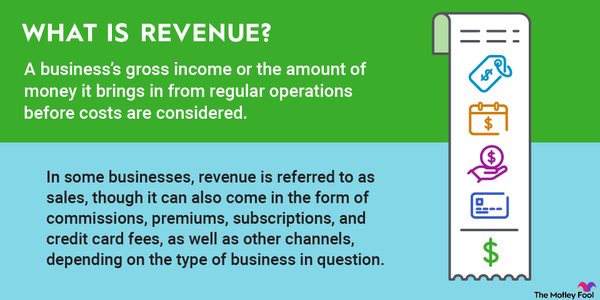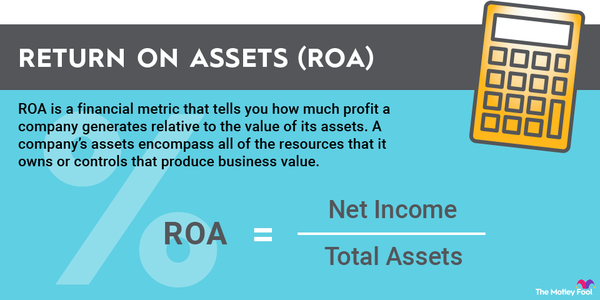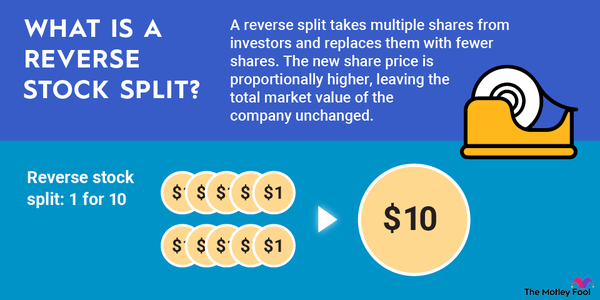Artificial intelligence (AI) and machine learning are taking the world by storm right now. However, this also means that a previously limited field is suddenly being discovered by a lot of people who lack any background in programming and may struggle with the terminology involved. One very important type of machine learning model is regression.

What it means
What does regression mean in machine learning?
Regression is valuable to data scientists everywhere because it's a tool that can be used to estimate an outcome based on various inputs. For example, a very basic regression model intended to help predict future home values would work to determine how much houses will cost in a given housing market and based on specific features.
This is extremely helpful when you're a homebuilder, for example, because with a reliable enough regression model, you could forecast things like how much a house will sell for in the future and possibly even have a tool to forecast demand. Nothing is set in stone with a regression model, but if the data you feed it is very good, the prediction will be good, too.
The data required
What sort of data is required for machine learning regression?
Regression analysis is nothing new to data science, but when you apply machine learning, AI can simplify the process. However, the data you give the machine will really make a difference in the results. In regression, the training data should consist of labeled input and labeled output data to see the relationship between them.
In time, this could be used with data that's not so predictable or might seem less relevant, and the program would still provide reasonably reliable forecasts. Unlike humans, who are generally limited to a few variables at a time in these data sets, machine learning allows computers to eventually take expansive data sets and apply regression to find outcomes that might be unexpected.
Types
What types of regression are in machine learning?
There are many types of regression models used in machine learning, but they can generally be categorized into one of three categories:
Simple linear regression. In simple linear regression, the relationships between small data sets are assumed to fall along a straight line on a chart. Machine learning would help minimize errors and predict unknown points on that line. That might apply to simple things, like predicting the number of college graduates based on the number of college students in any given year.
Multiple linear regression. Multiple linear regression models are much more complicated and can work with a greater number of lines and shapes on charts. They're typically employed when there are multiple independent variables -- values that aren't beholden to other numbers in the model -- being put together to get a single answer.
Polynomial regression is a common application and helps tell a better story because it can more closely fit data points outside a single straight line. The growth of the stock market, for example, might be predicted using multiple linear regression.
Logistic regression. In logistics regression, you can use machine learning to help predict the probability of the outcome of a situation with two potentials. For instance, it is good for predicting whether something will be true or false.
It's like a souped-up magic eight-ball in a way but based on significant data that can be used to calculate the likelihood of one or both potential outcomes occurring. So, for example, you might use logistic regression to predict whether a company is a credit risk.
Related investing topics
How it's used
How is regression analysis used in investing?
Regression analysis has long been used by investors, whether formally or informally, and certainly long before machine learning was available as a tool for the masses. With the addition of machine learning, regression has developed an uncanny ability to make predictions based on massive, high-quality data sets and can now be set to work on problems across the industry.
From acting as an early warning for predictable (but difficult to detect) technical patterns in stock trading to figuring out longer-term trends, machine learning will continue to make it easier for data scientists and enthusiasts to pick out all kinds of relationships between data and ultimate valuation.






























































